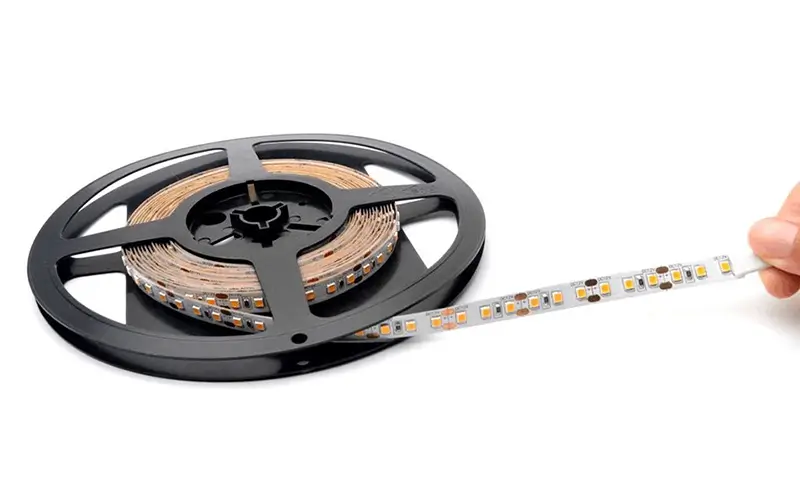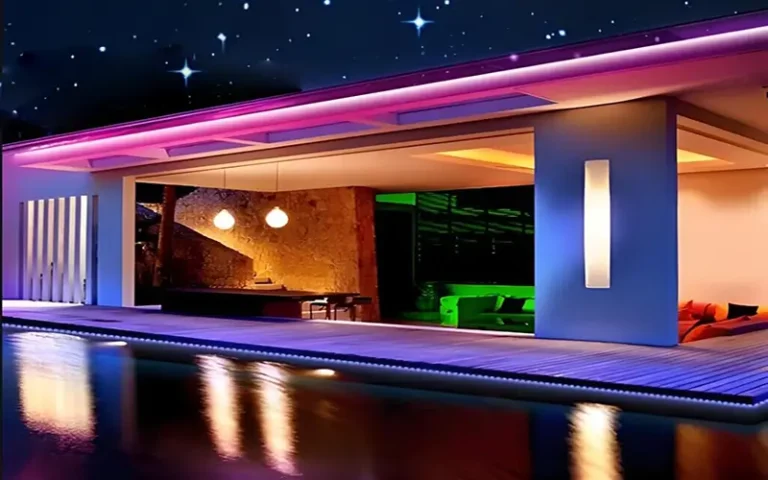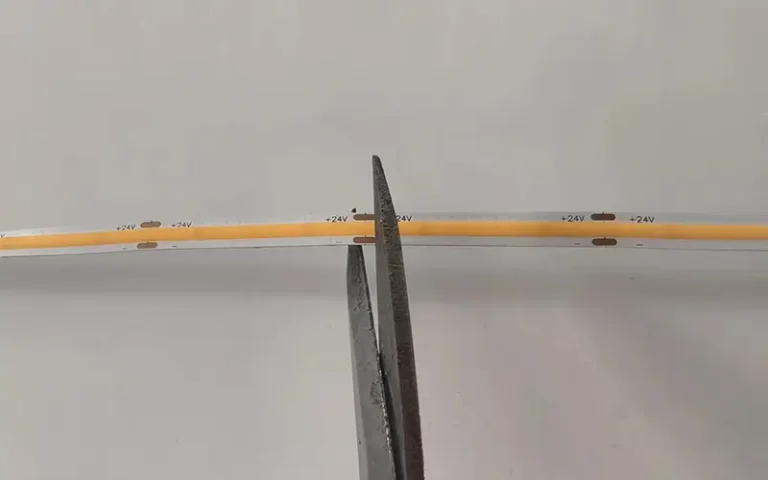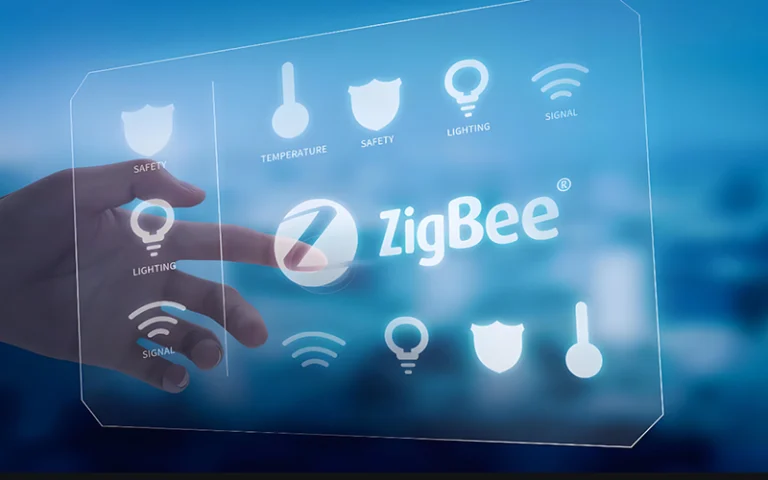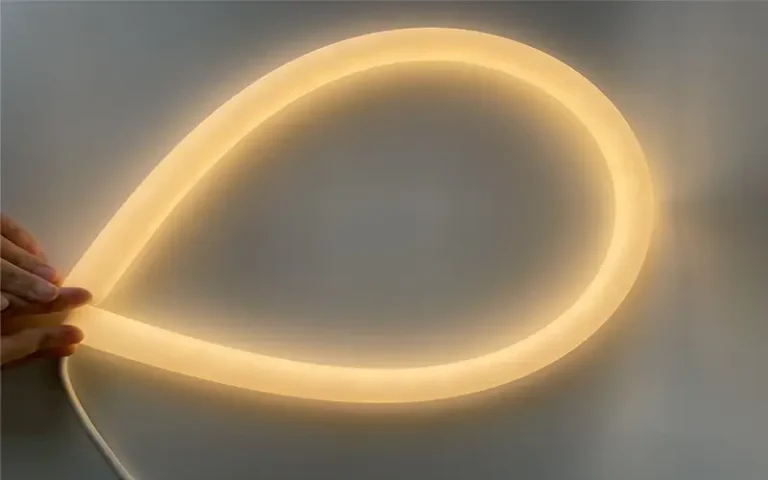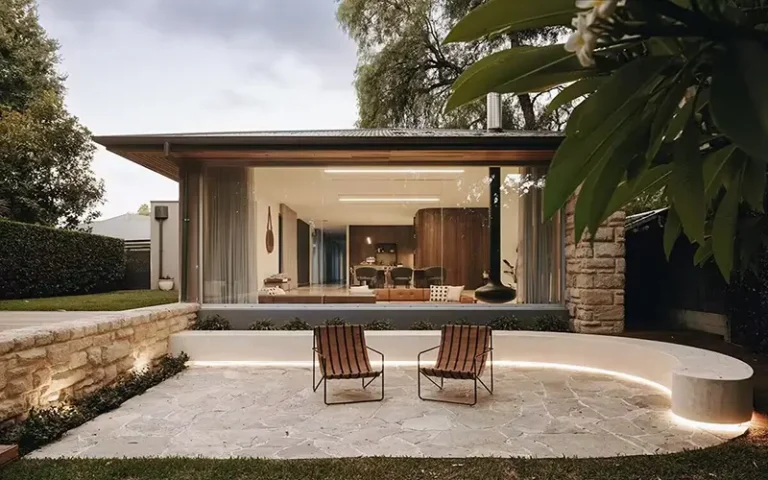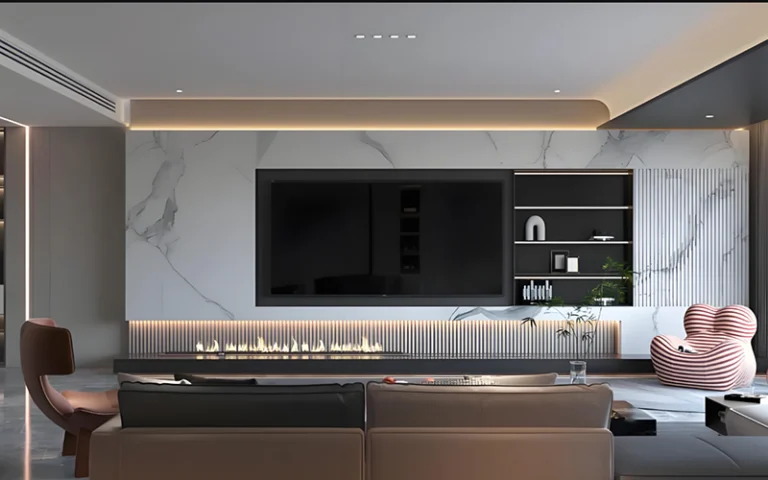What are LED Light Strips? 2024 Comprehensive Analysis
LED light strips, also known as LED tape lights or LED ribbon lights. In recent years, Have gained popularity for their versatility, energy efficiency, and ease of installation. From architectural features to creating ambient lighting effects. LED light strips offer a wide range of applications for both residential and commercial environments.
In this comprehensive guide, we’ll delve into everything you need to know about LED strips. Giving you a deeper understanding of their properties, uses, and applications, and helping you choose the right LED light strips.
What are LED Light Strips?
LED strips are flexible circuit boards embedded with light-emitting diodes (LEDs). They produce illumination and are a new form of multifunctional lighting. They come in different lengths, colors, and brightness levels with the following characteristics:
- It consists of many individual LED emitters mounted on a narrow flexible circuit board
- Operates on low voltage DC power supply (12V-48V)
- A variety of lamp bead models with variable colors and brightness are available
- Ships in regular 5meter rolls, can be cut to length and includes double sided tape for installation
What is the Structure of LED Light Strips?
The width of LED light strips is usually 8–10 mm, and it can usually be 5m/reel or longer. Different voltages result in different cutting lengths. Simply follow the cutting lines every 1-2 inches to cut them to specific lengths.
- A one-meter LED light strip usually has 60-240LEDs/m or more. The light color and quality of a single LED determine the overall light color and quality.
- The back of each LED light strip contains 3M double-sided tape. Simply peel off the lining and mount the LED strip to almost any surface.
What is the Purpose of LED Light Strips?
The purpose of LED light strips is versatile, serve a variety of functional and aesthetic roles in lighting applications. Here are some of the main uses for LED strips:

- Decorate lighting: LED strip lights often add style and personality indoors or outdoors.
- Ambient lighting: LED light strips can provide ambient lighting, evenly illuminating the space and creating a pleasant atmosphere.
- Accent lighting: They often highlight architectural features, artwork, or decorative elements within a space.
- Task lighting: In workspaces such as kitchens, offices, or production floors, LED strips can serve as task lighting. Providing focused lighting for performing specific activities.
What are the Advantages of LED Light Strips?
Compared with traditional lighting sources, LED light strips have many advantages, making them the new favorite in the lighting market. The specific advantages are as follows:
Energy Efficiency
LED strips are highly energy efficient and consume significantly less electricity than traditional incandescent or fluorescent lighting sources. This results in lower energy bills and less environmental impact.
Long lifetime
LED strips have a very long service life. And good quality LED light strips can last up to 50,000 hours or more. Making LED strips a cost-effective lighting solution in the long run.
Flexible design
LED light strips feature a slim, flexible design. That can be easily bent, curved, or cut to fit into tight spaces or corners.
Color options
LED lights come in a variety of colors. Including warm white, cool white, RGB (red, green, blue), and RGBW (red, green, blue, white). It also supports customized color temperatures, providing flexibility in color selection.
Versatility
LED strip lights have a variety of applications in residential, commercial, and architectural environments. They can be used for accent lighting, task lighting, decorative lighting, and signage. And architectural integration, providing endless possibilities for creative lighting design.
Overall, the advantages of LED light strips include high energy efficiency, long life, flexible design, and a variety of colors. Making them the first choice for modern lighting solutions in a variety of indoor and outdoor environments.
What Determines the Brightness of LED Light Strips?
The brightness of LED light strips is determined by the SMD type and LED number. And different LED strip lights have different efficiency levels.
Manufacturers usually describe LED strip brightness in lumens per meter, with options including high-power, high-lumen, and low-power, low-lumen LED strips.
Three factors determine the brightness of LED strips
- Light output and efficiency of each SMD LED
- Number of LEDs per meter
- Wattage per meter of LED strip
What is the Relationship Between LED Density and Power of LED Light Strips?
You may come across various SMD LED names, such as 2835, 3528, 5050 or 5630. The most important thing you need to focus on in an LED strip. It is the number of LEDs per meter and the power consumption per meter.
LED density is important in determining the distance between LEDs (spacing). And whether there are visible hot and dark spots between LED emitters. The denser the LED per meter is, the higher the density usually provides the best and most evenly distributed lighting effect.
The density of LEDs per meter directly affects the power per meter, and power consumption tells us how much power the system will consume. The power of LED strips with different numbers of lights is different, and they are inseparable.
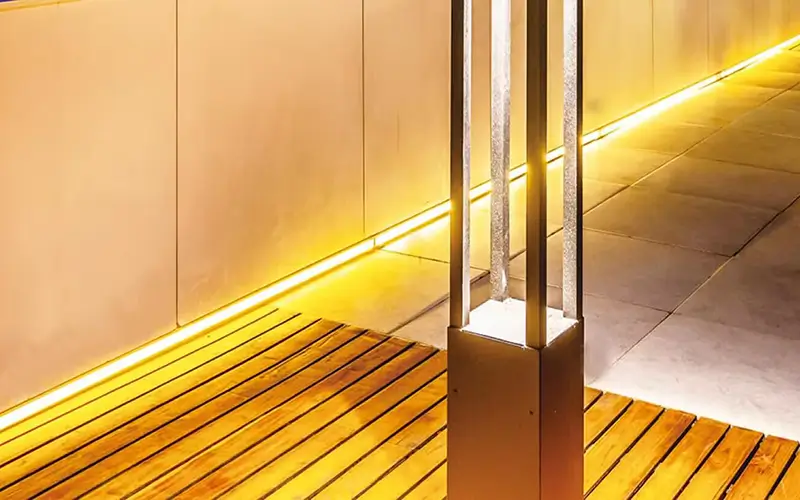
How many Colors are there for LED Light Strips?
LED strips are available in a variety of color temperatures and tinted light or colored tints. Generally speaking, warm white and white light are the most useful and commonly used options for indoor lighting applications. When choosing warm or white light and quality, there are two important indicators to keep in mind. Color temperature (CCT) and color rendering index (CRI) are two important indicators to keep in mind.
Color temperature is a measure of how “warm” or “cool” the color of light is. The rule is that soft glow has a lower color temperature (2700K), while the crisp, bright white of natural daylight has a higher color temperature (6500K).
Color rendering is a measure of how accurately colors are displayed under a light source. Under low-CRI LED strips, colors may appear unclear, washed out, or indistinguishable. High color rendering index LED products provide the light that makes objects appear as they would under natural light from an ideal light source.
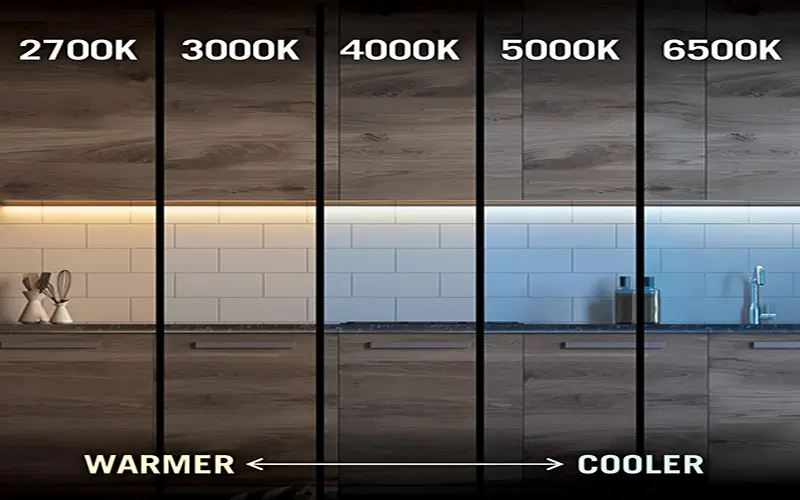
How to Choose Non-waterproof and Waterproof LED Light Strips?
Users need to select LED light strips with non-waterproof and waterproof functions based on different applications and environments.
Non-waterproof LED Light Strip
Non-waterproof LED light strips are bare boards, and there is no coating or sealing on the LED strips to prevent moisture. It is therefore suitable for indoor use or dry environments with exposure to water or minimal humidity.
Please note that areas exposed to water, such as bathrooms, kitchens, or outdoor spaces exposed to rain or moisture, should avoid installing non-waterproof LED strip lights.
Waterproof LED Light Strip
Waterproof LED light strips are sealed with a protective coating (usually silicone or epoxy resin) and have a waterproof rating of IP65 or above. It protects against water ingress and damage caused by moisture, dust, and humidity. They are designed for outdoor use and areas exposed to water or moisture.
3 factors you need to consider: Non-waterproof LED strip vs Waterproof LED strip
- Installation environment: Determine whether the installation area is indoors or outdoors and the degree of exposure to water, moisture, or humidity.
- Lighting applications: Consider the intended use of the LED strips and whether they will be installed in areas prone to splashes, spills, or outdoors.
- Waterproof level: Choose the appropriate IP-grade LED light strip based on the installation environment conditions and water exposure conditions.
How to Choose the LED Driver for LED Light Strips?
A LED power supply is needed to convert the 120/240V AC power into an appropriate low-voltage DC signal for most LED strips, which run on 12V or 24V DC.
First, determine the voltage of the LED light strip. You can only connect a 12V LED light strip to a 12V power supply, while a 24V LED light strip requires connection to a 24V power supply.
Where are LED Light Strips Specifically Used?
LED light strips have a wide range of applications across a variety of industries and environments due to their versatility, flexible design, and energy efficiency. Here are lighting applications for LED strips:
Residential lighting
LED light strips can be used to illuminate residential spaces. Like on the living room ceiling, on the walls, under cabinets, along the stairs, behind the TV or in the bay to enhance the ambience and functionality of different areas of the home.
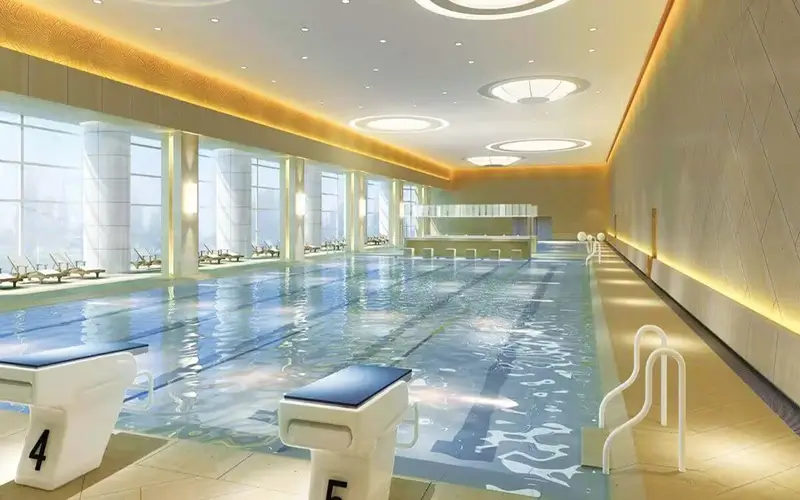
Architectural lighting
Architectural lighting applications use LED light strips to highlight architectural features and accentuate building facades.They enhance the beauty of the structure.
Signage and Branding
Retail stores, restaurants, hotels, and entertainment venues widely use LED strips to create illuminated signage, logos, and branding elements.They provide vibrant, and eye-catching lighting.
Commercial Lighting
Retail displays, showcases, and product racks utilize LED strips to highlight merchandise and create visually appealing displays.
Outdoor lighting
LED light strips are suitable for landscape lighting and pathway lighting in outdoor applications. Ideal for brightening outdoor spaces, gardens, patios and architectural features.
How to Determine the Quality of LED Light Strips?
The quality of LED strips only depends on their raw materials. Only by touching and testing the product can you tell whether it is good or bad. You can refer to the following points:
- LED strip components – For good quality LED strips, the quality and specifications of the underlying circuit board are crucial. Since a high current must flow through each part, sufficient copper material and gold wires are required. Look for LED strips with a copper weight of at least 2 ounces (preferably 4 ounces) to ensure the board can handle the higher power.
- LED Quantity and Quality – The efficiency, quality, and stability of the light output are directly determined by the LED emitter. Look for LED strips that have strict quality control and specifications for LED lamp beads, preferably branded LED lamp beads.
- LED Strip Warranty- need to know its shelf life and after-sales service. High-quality LED strips generally have a shelf life of 3-5 years, for your reference.
How to Install the LED Light Strip?
The process of installing LED strips is simple enough that you can do it yourself and can be done using only basic tools and materials. You can refer to the following steps:
Gather Materials: Before you begin, gather the necessary materials, including LED strips, power supplies, and power supplies. Make sure the power supply meets the voltage and power requirements of the LED strip.
Determine the installation area: Decide where you want to install the LED strip and plan the layout accordingly.
Measure the installation length:
You will need to measure the length of the LED strip mounting area and use scissors or a cutting tool to cut the LED strip to fit at the designated cutting points (usually marked on the strip).
Clean the mounting surface: Clean the mounting surface thoroughly and make sure it is dry.
Peel off the 3M adhesive: Carefully peel off the adhesive on the LED strip to expose the sticky surface.
Place the LED strip: Carefully place the LED strip along the planned installation area, pressing it firmly against the surface to ensure proper adhesion.
Connect the power supply: Once the LED strip is in place, connect the power supply to the input terminal of the LED strip. Make sure the polarity is correct, matching the positive (+) and negative (-) terminals on the LED strip and power supply.
Test the installation: Before permanently attaching the LED strip, test the installation by plugging it in and turning the lights on.
Fixed installation: After confirming that the LED light strip is working properly, press the light strip firmly along the entire length to secure the installation.
By following these steps and using caution during installation, you can effectively install LED strip lights and enjoy the lighting.
Summarize
The flexibility and versatility of LED light strips make them a popular choice for residential and commercial lighting projects. Overall, LED strip lights offer a convenient and versatile lighting solution that revolutionizes the way we illuminate our surroundings. Understanding their composition, use, selection criteria, installation methods, and quality considerations is critical to achieving optimal lighting results and satisfaction. We are an LED strip factory, please contact us.
FAQs
LED light strips, also known as LED tape or LED ribbon, are flexible circuit boards embedded with light-emitting diodes (LEDs) that produce lighting. Mainly used in residential and architectural lighting solutions, it can be installed indoors and outdoors.
Most LED strips run on low voltage 12V or 24V. 12V LED strips are mainly used for DMX&SPI light strips, and 24V voltage operation will be more widespread, and most LED light strips support 24V voltage.
LED strips are available in waterproof and non-waterproof versions. The IP20 non-waterproof version can be used indoors in dry places and is not exposed to water. And waterproof LED strips can be used outdoors or in areas exposed to moisture.
Yes, all our LED strips are dimmable, you only need to match them with a compatible LED controller, and you can use a dimmer switch or compatible controller to control them.
LED light strips are available in a variety of colors, including warm white, cool white, RGB (red, green, blue), RGBW (red, green, blue, white), tunable white, and more. It also supports customizing the color temperature if you need it.
Yes, the cutting positions of 12V and 24V LED strips are different. You only need to use scissors or cutting tools to cut the LED strip to a certain size at the designated cutting points marked on the light strip.

